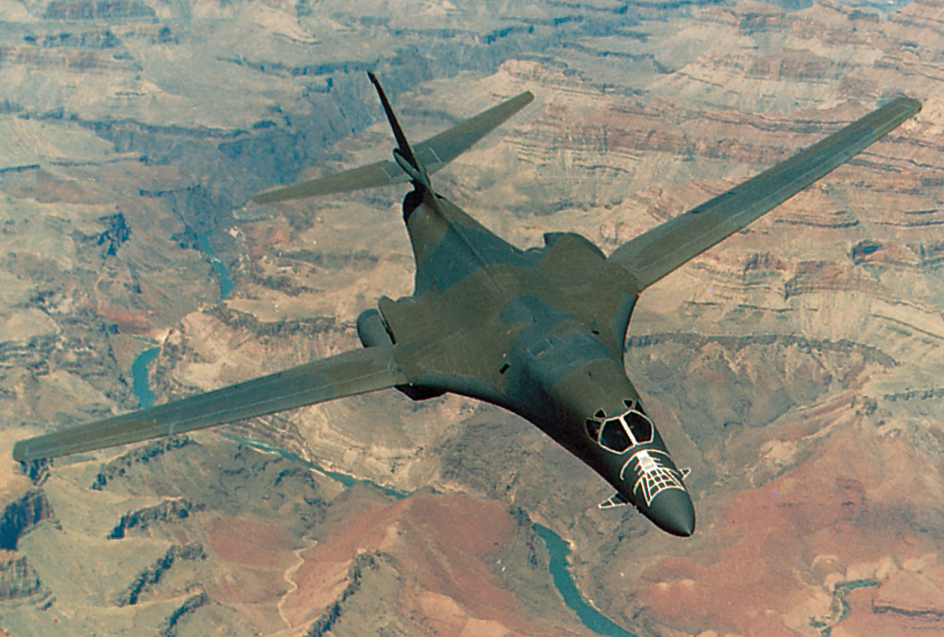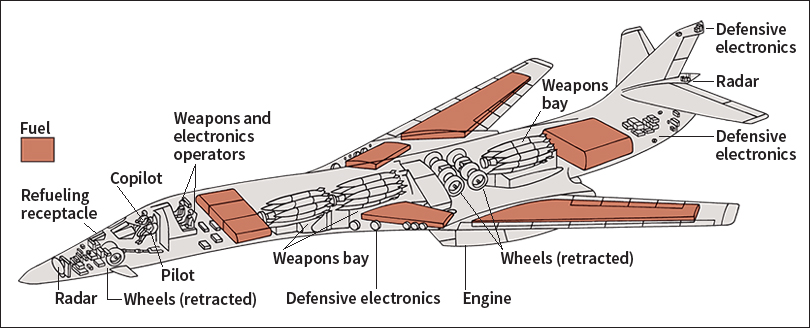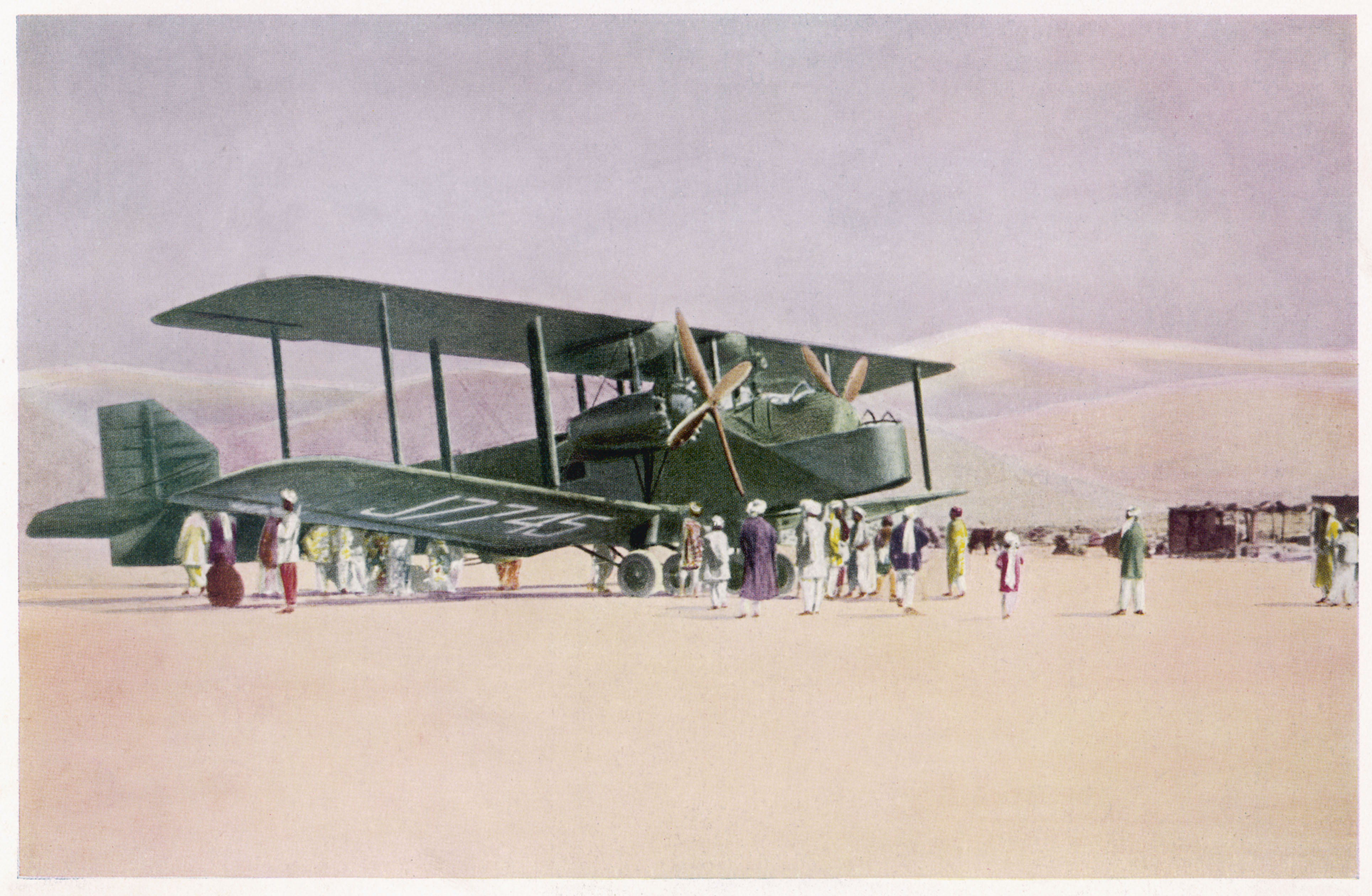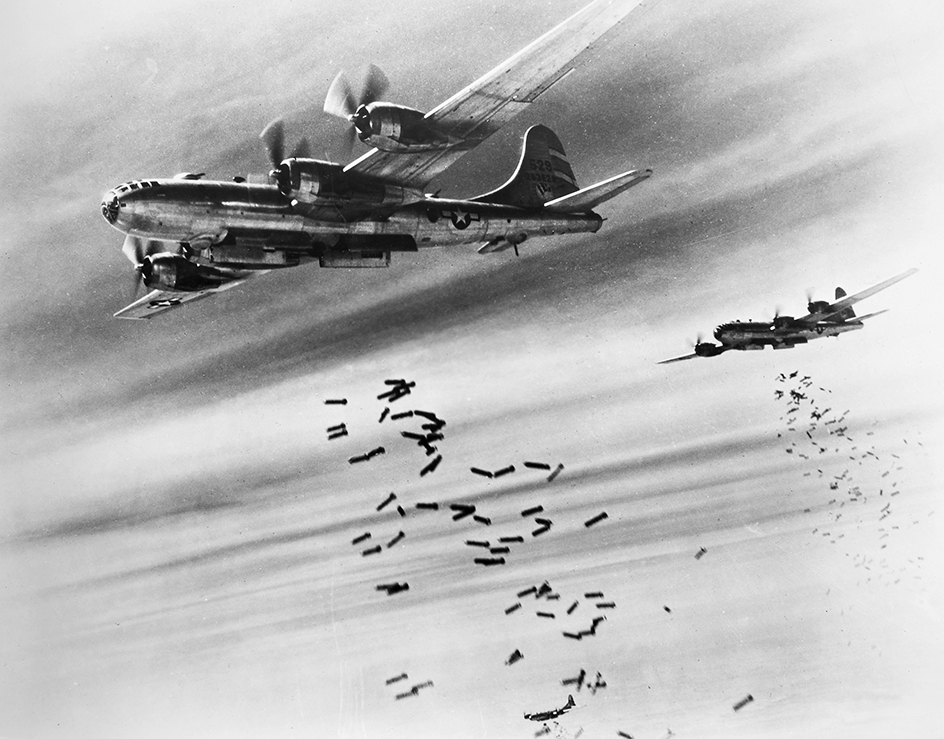Bomber is a military airplane that attacks targets on land or at sea. Bombers carry bombs, missiles, rockets, machine guns, and cannons. The air force of almost every nation includes bombers, and some naval and marine services also have them.

Some bombers carry bombs and missiles under their wings on vertical structures called pylons. In other bombers, these weapons are carried in a bomb bay, a compartment in the body of the aircraft. The bombs and missiles are aimed by the plane’s bombing system. This system uses radar, optical devices, or a laser to locate the target, and a computer that tells when the weapons should be released. Such systems enable a bomber to attack day or night and in almost any weather.
Most bombers are powered by one or more jet engines, and some of these aircraft can fly as fast as 1,650 miles (2,655 kilometers) per hour. A bomber’s range depends primarily on the weight of its payload, the combined weight of the plane’s fuel and weapons. The plane’s range can be increased by carrying more fuel and fewer weapons. Flying at low speeds and at high altitudes, where a plane encounters less air resistance, saves fuel and thus increases the range. The range of bombers can also be extended if they are refueled in the air by tanker planes.

Kinds of bombers.
Today, there are two main kinds of bombers, fighter-bombers and strategic bombers. Each performs a particular type of mission.
Most fighter-bombers are small, short-range planes with a crew of one or two persons. These planes, which are also called attack planes, carry out tactical air attacks. Such assignments involve attacks against ships, interdiction attacks, and close air support. Interdiction attacks are made behind enemy lines in order to prevent reinforcements from reaching a battle area. In close-air-support missions, bombers attack enemy ground troops and other targets in the battle zone. An observer located on the ground or in a plane directs most close-air-support operations.

Most strategic bombers are large, long-range airplanes with a crew of two to six persons. They carry out strategic air attacks, which involve striking far behind enemy lines. Targets include factories, military bases, ports, and entire cities. Such attacks are designed to destroy the enemy’s ability to fight.
History.
During the early part of World War I (1914-1918), pilots dropped small bombs by hand from the open cockpits of their planes. Germany later developed the Gotha, one of the first bombers. It carried more than 500 pounds (230 kilograms) of bombs.

The development of bombers increased rapidly during World War II (1939-1945). Two of the most famous bombers were United States planes, the B-17 Flying Fortress and the B-29 Superfortress. Both bombers could carry several tons of bombs and had machine guns for protection against enemy planes. Other important bombers of the war included Britain’s DH-98 Mosquito and Germany’s Junkers Ju 87 Stuka. Dive bombers and torpedo bombers were used to attack ships with considerable success during World War II. Dive bombers flew almost straight down before releasing their bombs. The torpedo bomber released a self-propelled torpedo.

Jet bombers were first developed by Germany during World War II. These planes carried fewer crew members and fewer defensive guns than nonjet aircraft. As a result, they had more space for fuel and bombs.
In 1988, the United States Air Force unveiled the B-2 “stealth” bomber. The plane’s flat, angular surfaces and its special surface materials make it difficult to detect by radar. See Stealth technology .
